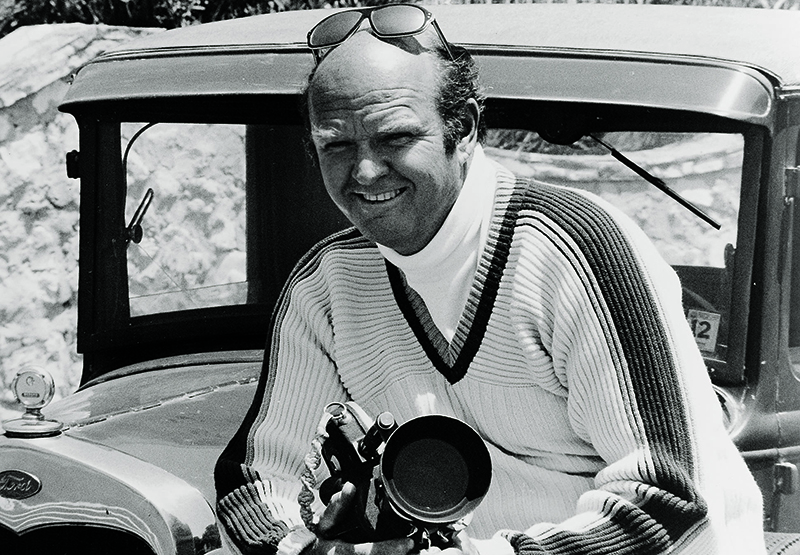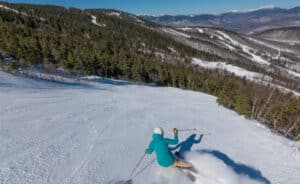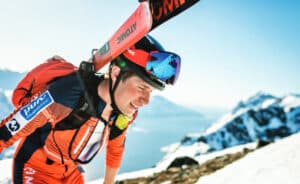
I suppose those of us who have spent most of a lifetime loving the sport and lifestyle of skiing do give something back. We buy the clothes and equipment, pay for the lifts, food, instruction and mountain lodging.
In fact, it all adds up to a considerable amount, right? But late January a man died at 93 — a man whose lifetime contribution to skiing over nearly seven decades is incalculable.
Almost all skiers and boarders I have talked to about Warren Miller remember in some detail seeing their first Miller film. In fact beginning in 1950 with his first film, “Light and Deep,” the announcement of the newest Warren Miller film would break like an annual event that kicked off the ski season. It had the same psychological effect as, long before spring comes, Boston baseball fans relish the announcement of the day when pitchers and catchers report to spring training.
From the beginning of his career with an 8 mm camera he bought at age 22 in 1946, Miller’s life and huge popularity within the sport coincided with the growth and early spirit of skiing itself. Miller was a boy during the Depression who considered himself lucky to get a job helping at a fruit market in San Diego for 10 cents per week, considering the huge unemployment rate.



